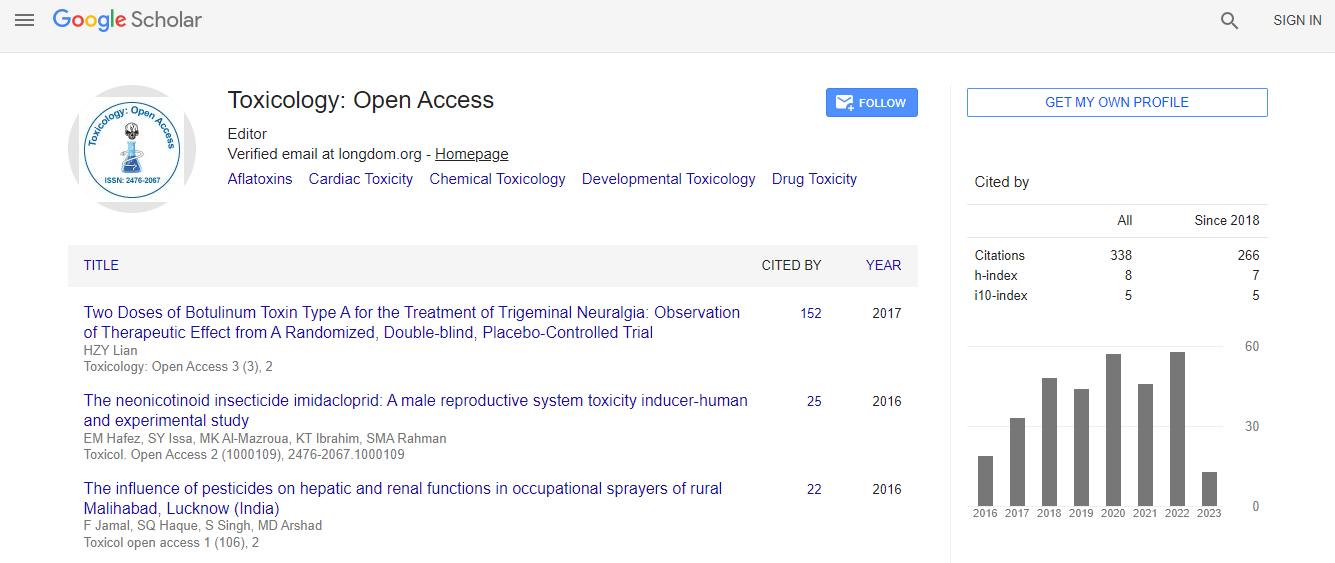Review Article
Jellyfish Envenomation with Skin and Cardiovascular Manifestations and Treatments
Deepak Singh Bais1, Wenliang Che1*, GuiXian Jiang2, Zheng Xu3 and Liang Xiao4*
1Department of Cardiology, Shanghai Tenth People's Hospital, Tongji University School of Medicine, Shanghai, 200072, China
2Clinical Medicine, Grade 2015, Second Military Medical University, Shanghai, 200433, China
3Research Department, Second Military Medical University, Shanghai, 200433, China
4Department of Marine Biotechnology, Faculty of Naval Medicine, Second Military Medical University, Shanghai, 200433, China
- *Corresponding Authors:
- Liang Xiao
Department of Marine Biotechnology, Faculty of Naval Medicine
Second Military Medical University
Shanghai, 200433, China
Tel: +86-15921431590
E-mail: hormat830713@hotmail.com
- Wenliang Che
Department of Cardiology, Shanghai Tenth People's Hospital
Tongji University School of Medicine, Shanghai 200072, China
E-mail: chewenliang@tongji.edu.cn
Received date: August 07, 2017; Accepted date: August 28, 2017; Published date: September 01, 2017
Citation: Bais DS, Jiang G, Xu Z, Che W, Xiao L (2017) Jellyfish Envenomation with Skin and Cardiovascular Manifestations and Treatments. Toxicol Open Access 3:132. doi: 10.4172/2476-2067.1000132
Copyright: © 2017 Bais DS, et al. This is an open-access article distributed under the terms of the creative commons attribution license, which permits unrestricted use, distribution, and reproduction in any medium, provided the original author and source are credited.
Abstract
Jellyfish are smooth-formed animals in the phylum cnidaria, living in around coastal water zones worldwide. Interacting with jellyfish tentacles, even the beached and dying jellyfish, can prompt millions of nematocysts to perforate the skin and infuse the venom through the inverted long spiny tubules, thereby causing toxic manifestations from no effect to extreme pain to death. According to the structure of nematocyst, quantitative toxins are released into body in a short time. Stung by jellyfish possesses a wide spectrum of toxic effects especially on skin and cardiovascular toxicities. However, the mechanism of jellyfish venom is not clear. In this review, we focus on Jellyfish toxins, symptoms and treatment after sting in order to reduce treatment time, improve the survival rate for medical providers and to set a reference for follow-up study.

 Spanish
Spanish  Chinese
Chinese  Russian
Russian  German
German  French
French  Japanese
Japanese  Portuguese
Portuguese  Hindi
Hindi 